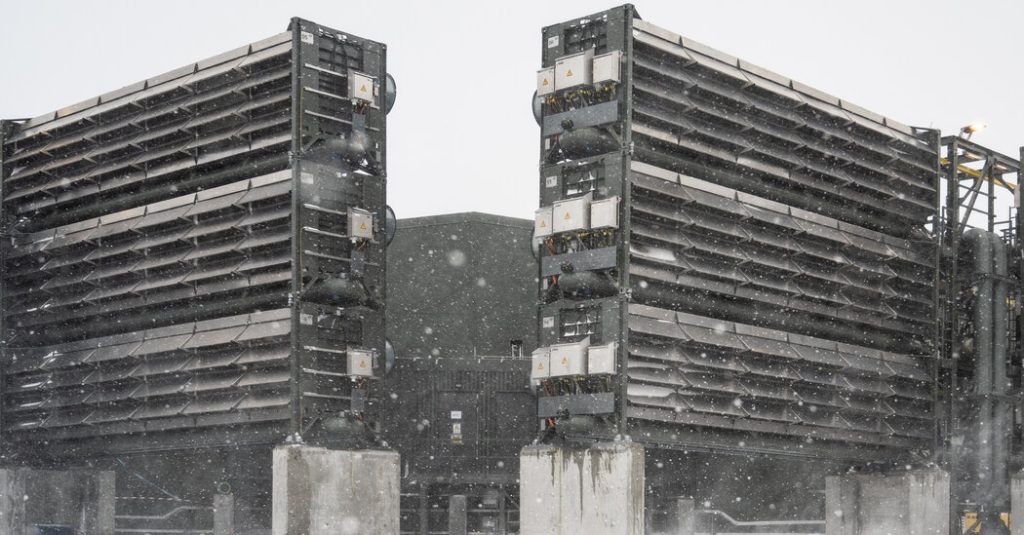Geoengineering technologies have long been considered impractical and outlandish, but some are now being deployed in an effort to combat the worsening effects of climate change. With nations failing to meet emission reduction goals and the hottest year on record occurring in 2020, investors and entrepreneurs are taking matters into their own hands. However, concerns about the safety and efficacy of these technologies remain, especially when some of the major projects are funded by oil and gas companies.
One such geoengineering project involves Occidental Petroleum building the world’s largest direct air-capture plant in Texas. The plant captures carbon dioxide from the air, isolates it, and pumps it underground for permanent sequestration. While Occidental plans to use some of the captured CO2 to extract more oil, another plant in Iceland operated by Climeworks does not sell any of its captured CO2 to oil companies. These projects are expensive and energy-intensive, raising questions about their effectiveness and potential distraction from reducing fossil fuel emissions.
Other geoengineering efforts, such as releasing sulfur dioxide into the atmosphere to block solar radiation and generating phytoplankton blooms to absorb carbon dioxide, are still in the early stages of research. Despite these uncertainties, the market for geoengineering ventures is expected to grow significantly, reaching up to $135 billion by 2040. Questions around who has the right to alter the planet and what standards should govern these technologies remain unanswered, as there are currently no international regulations in place.
With the Biden administration providing significant funding for air-capture technology, companies like Occidental and Climeworks are planning to expand their operations globally. However, the lack of international standards and cooperation presents challenges in the regulation of these projects that could have far-reaching impacts. As the debate over geoengineering continues, the focus remains on balancing the potential benefits of these technologies with their potential risks and unintended consequences.


